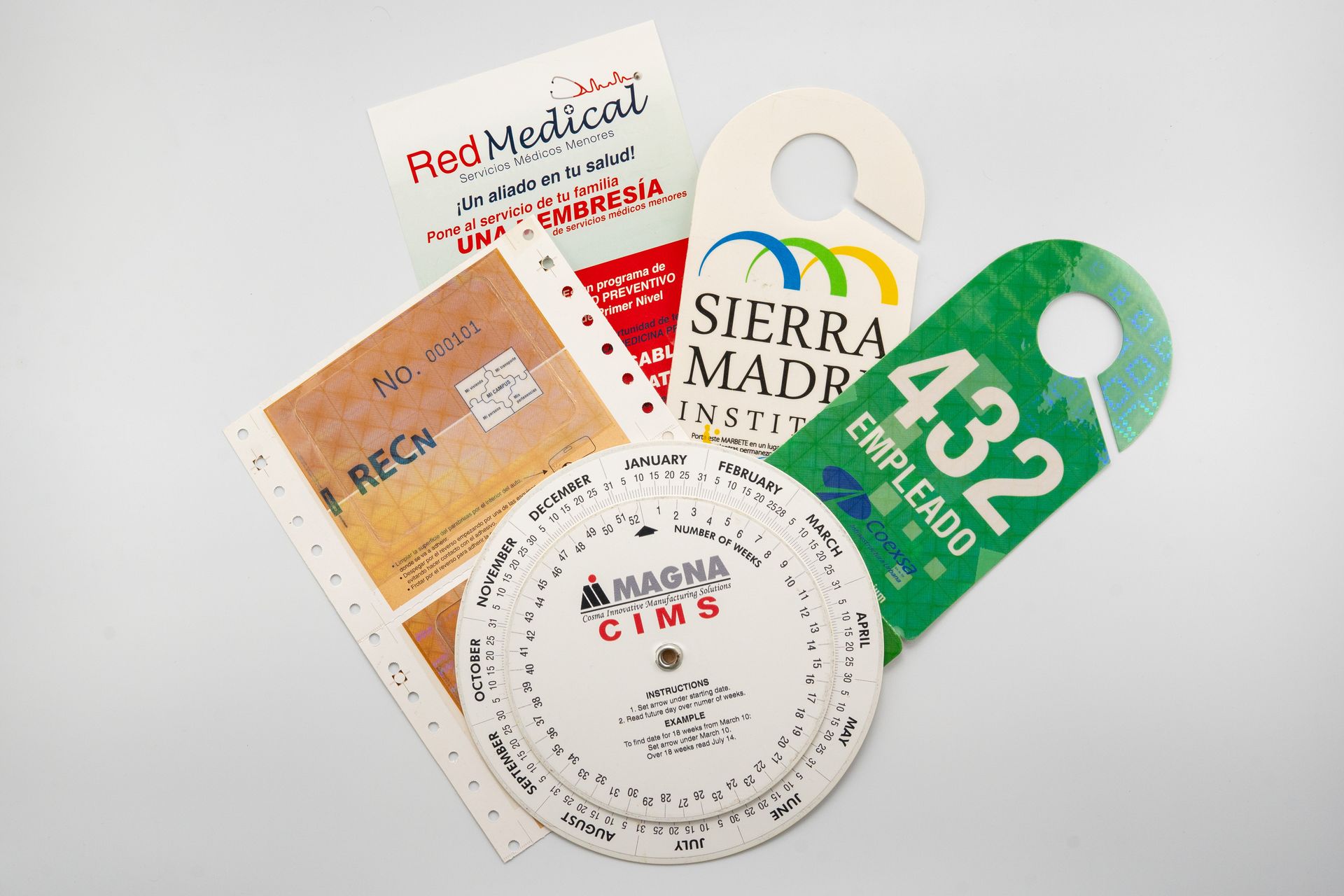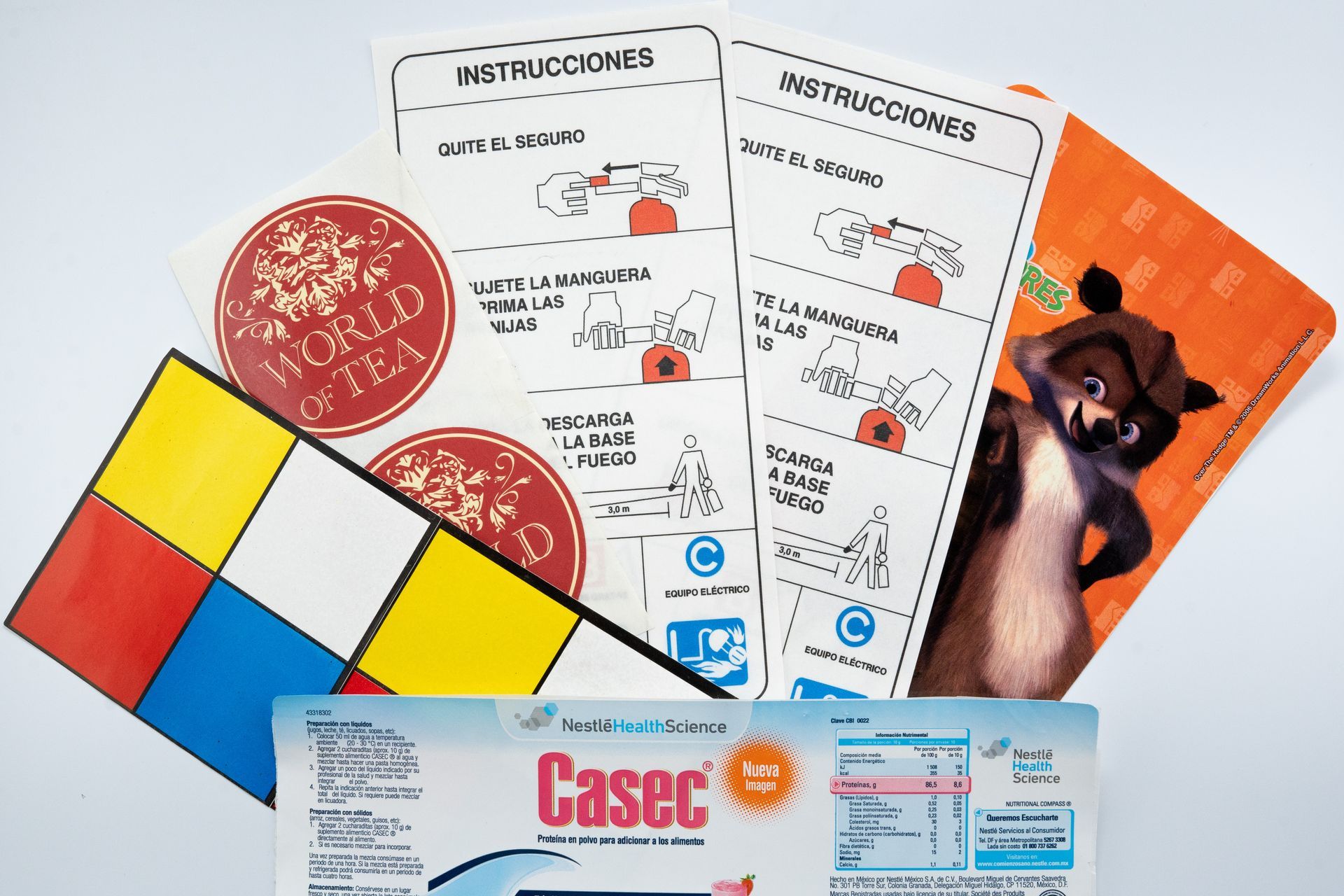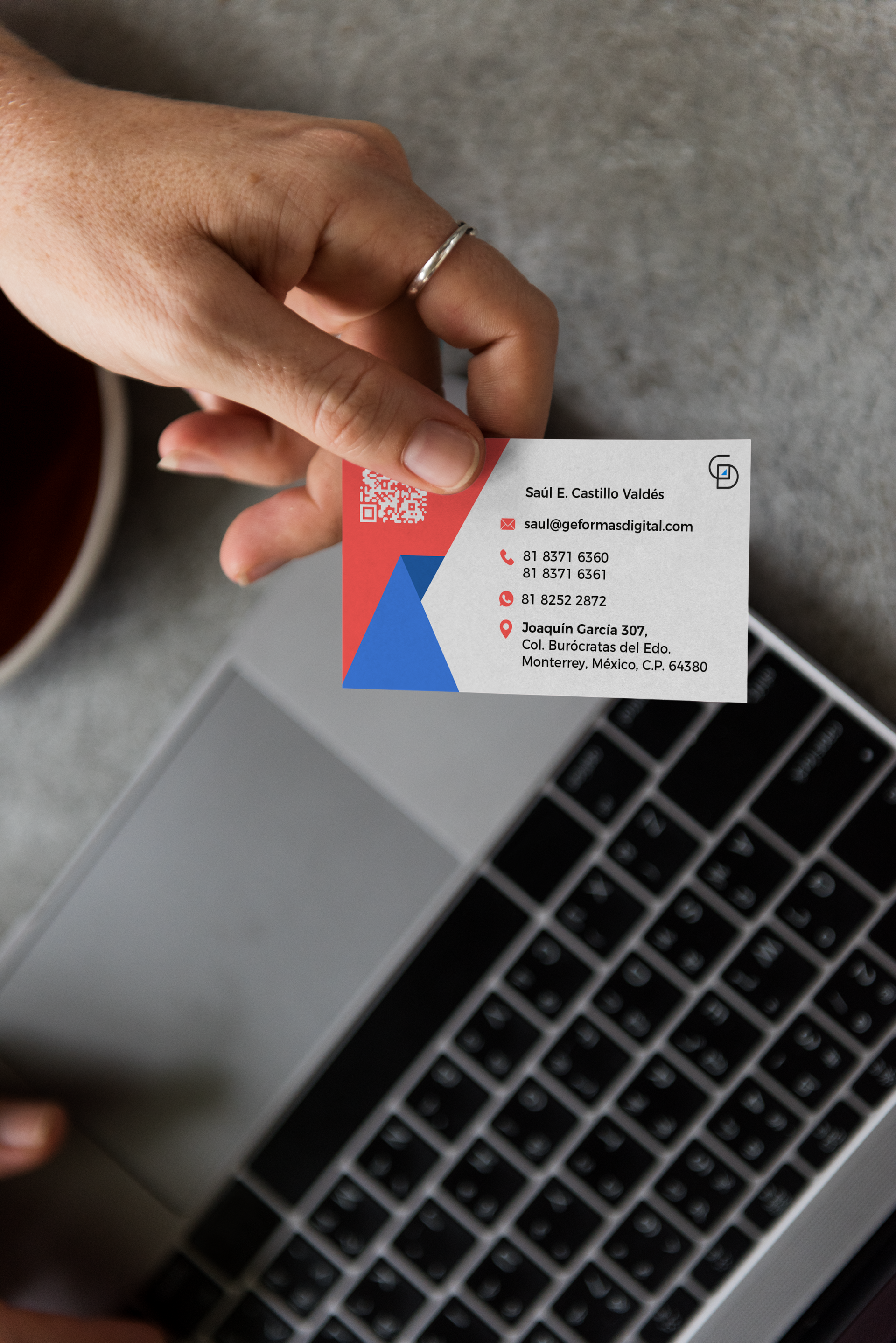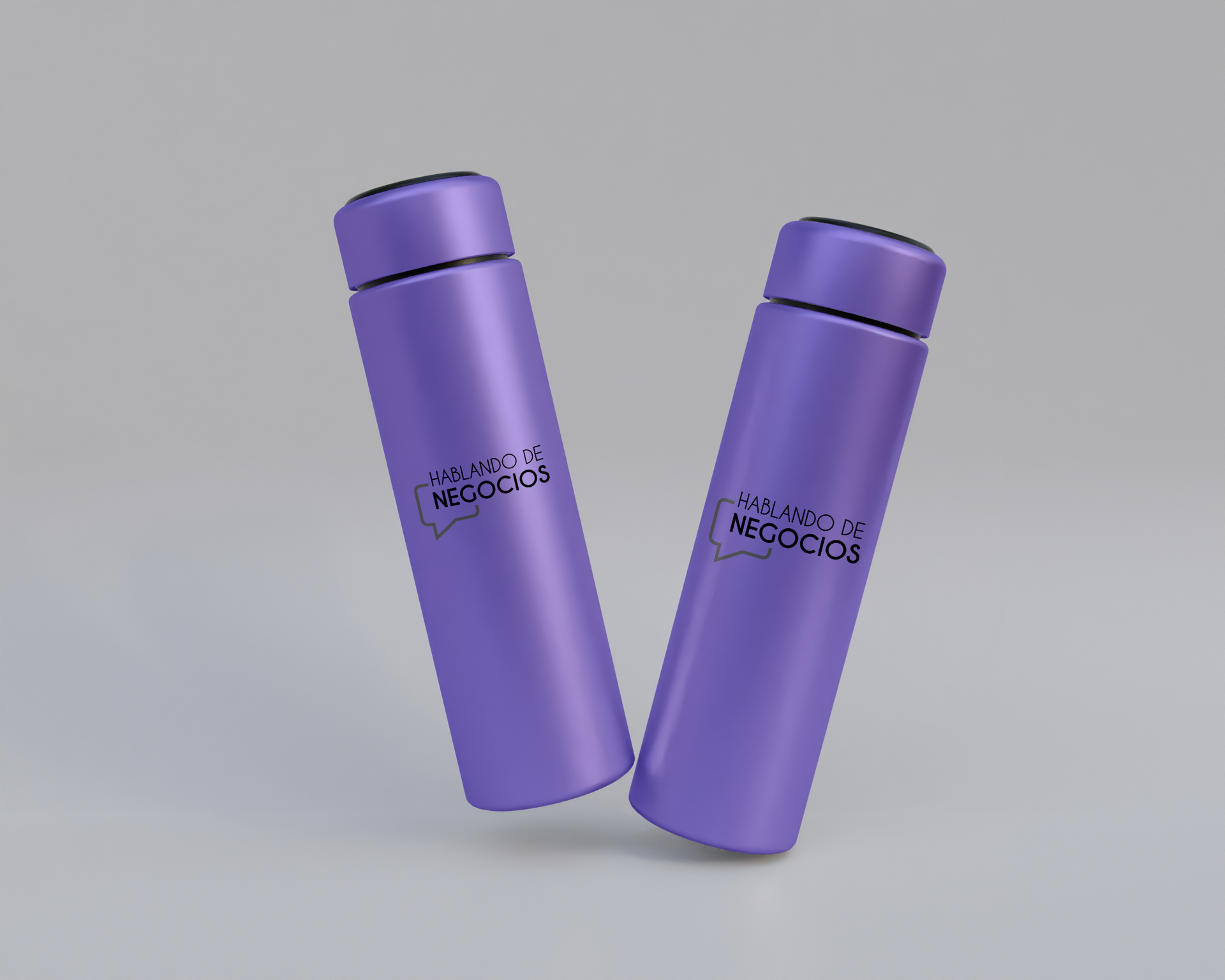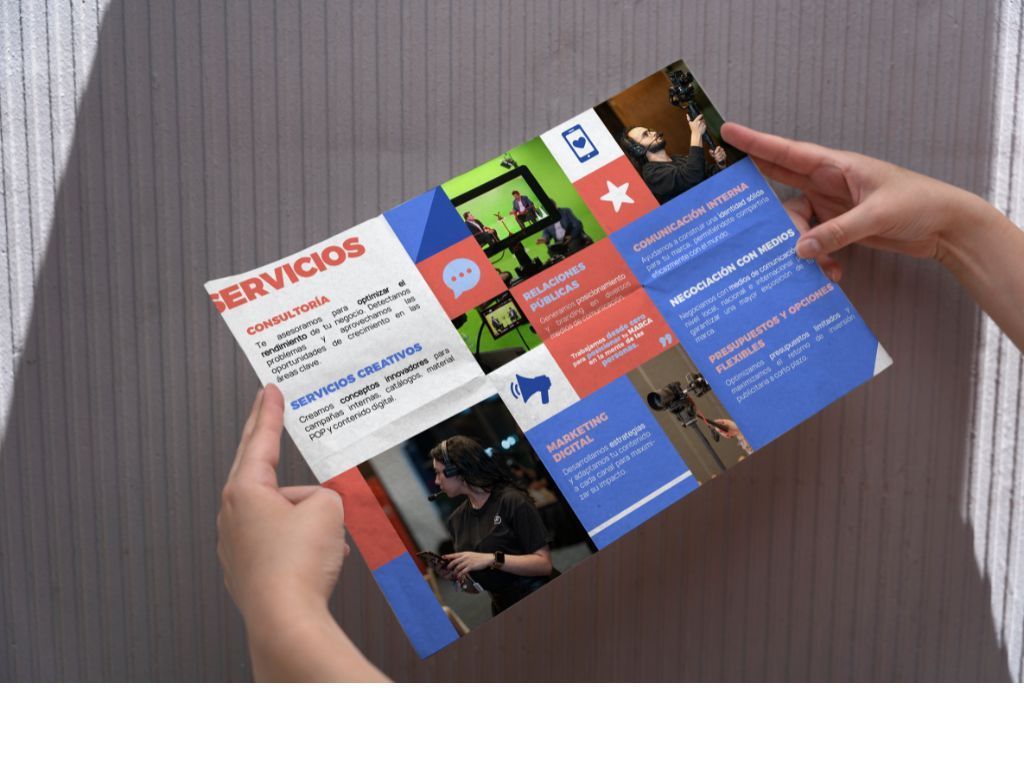SEO for your written content
Work on the positioning of your website applying a SEO approach to your written content. Transform your website into both a user-friendly and a search engine-friendly site. Improve the presentation of your written content by giving it the format and organization it needs to capture the public's attention.

Work on the positioning of your website applying a SEO approach to your written content. Transform your website into both a user-friendly and a search engine-friendly site.
Improve the presentation of your written content by giving it the format and organization it needs to capture the public's attention.
The application of SEO in written content, consists of making our content more attractive and understandable for our target audience.
Let's face reality, no one is tempted to read a series of endless lines of text. A poorly formatted text causes our audience to lose interest and fail to focus on the information we want to share.
In the online modality we must ensure that our information is easy to locate, read and understand. This means that, through SEO strategies for written content, we will be able to catch our audience's attention.
How to use visual editors
Visual editors are a very useful tool when working with our website's text. They prevent us from working with the HTML code directly and thus giving format to our content in a simple way.
Editors like the one used in Wordpress, or any other content manager, are very similar to those of programs like Word Office. They have a variety of tools that allow us to change the format:
- Bold, italic, underline.
- Bullet lists.
- Quotations.
- Headings.
- Back links.
- Multimedia.
It is essential to give a coherent structure to our contents, this makes them more accessible and easy to understand for our audience. When using these tools to format our content, you have to keep two things in mind.
The first is that we can't change styles. As far as web pages are concerned, this is modified in the “style sheets”. This makes all the content of the website to be homogeneous.
The second is that we have to be careful with the text that we include from external sources. It can have its own format and make a mess of the homogeneous styling of our page. The solution to this problem is to use the “delete format” tool of the editor we are using.
How to properly arrange headers
Headers allow us to have a hierarchical organization of our website's content. It is with headers that we group our content by categories, topics of greatest interest and sections that make navigation easier for our audience.
In HTML we can find tags beginning with h1 to h6. These include the h1 tag for titles and the h2 tag for subtitles. Basically, we can sort our headers by importance.
On the other hand, in visual editors they are represented as Title 1, title 2, etc. These can be applied by simply searching the toolbar.
When working with headers, we must remember that search engines favor pages with hierarchically organized information. Additionally, it is here that we must also use the keywords that we want to position.
How to make emphasis on written elements
Remember what we said before about reading endless lines of text? The way to make reading easier is by highlighting words. If we differentiate our keywords or the most engaging information through format, we will make reading more bearable and engaging.
Even if it is a relatively long post like, for example, the terms and conditions.
Elements that help us achieve this and search engine positioning, are bold, italic, underline, lists, quotes, etc. To make sure we do not abuse these elements, we must establish a structure for their use.
An example of this might be using bold for phrases containing keywords and italics or quotes for proper names.
On the other hand, the lists help us to summarize information in a way that reading becomes easier for the user. Numerical or bullet lists are a way to provide readability to our content.
How to make a friendly URL
Once you post your content, the web address or URL will be the way browsers and other people access it. When we click on a result of Google's SERP, the search engine takes us to the URL of the destination we have requested.
It is with URLs that we link our pages internally when building our website. Another function of URLs is to link to us through mentions of our site by third parties.
The reason you want your URL to be as readable and easy to remember as possible is simple:
this way we can position our top keywords. In content managers, URLs are referred to as permalinks, and these are generated automatically when we enter the post's title.
You have to remember that, in order to apply SEO to your text content, you must take into account the written content's format, the organization of content by hierarchies and the construction of a friendly URL.
SEO is a work that requires a lot of time and research, it is also applicable to a lot of elements on our page.
You can take care of the positioning of your page by yourself or seek support from a professional. This last option will allow you to work on your website without having to go through a long stage of learning, trial and error.
Comparte
Blog para Negocios
